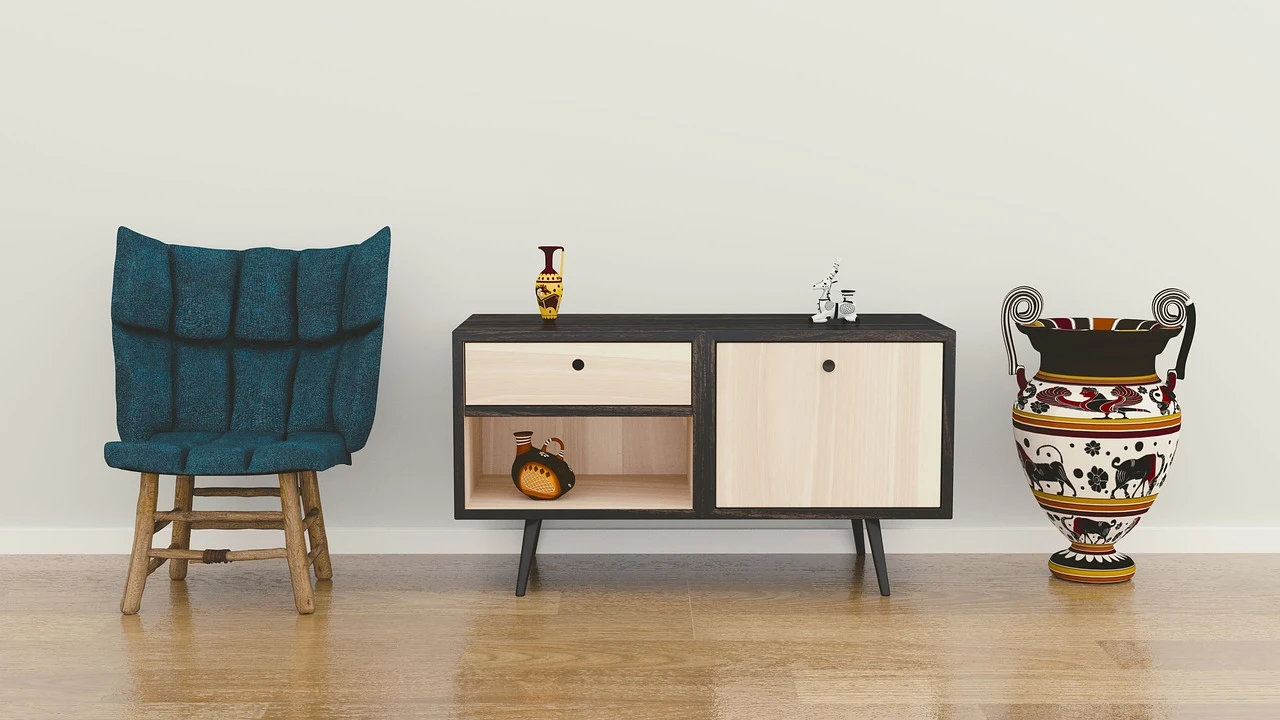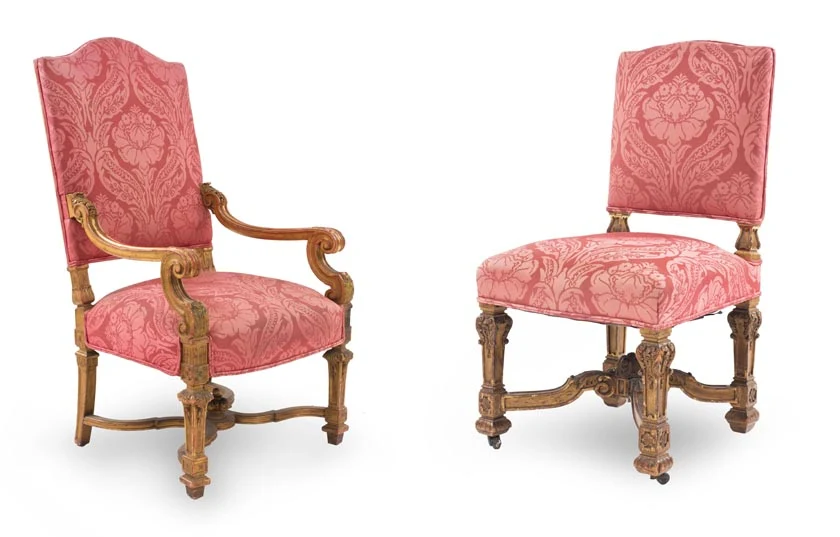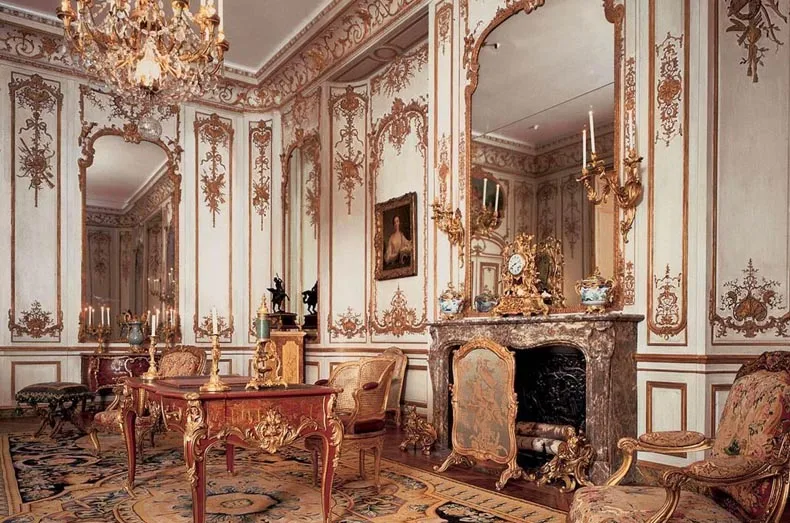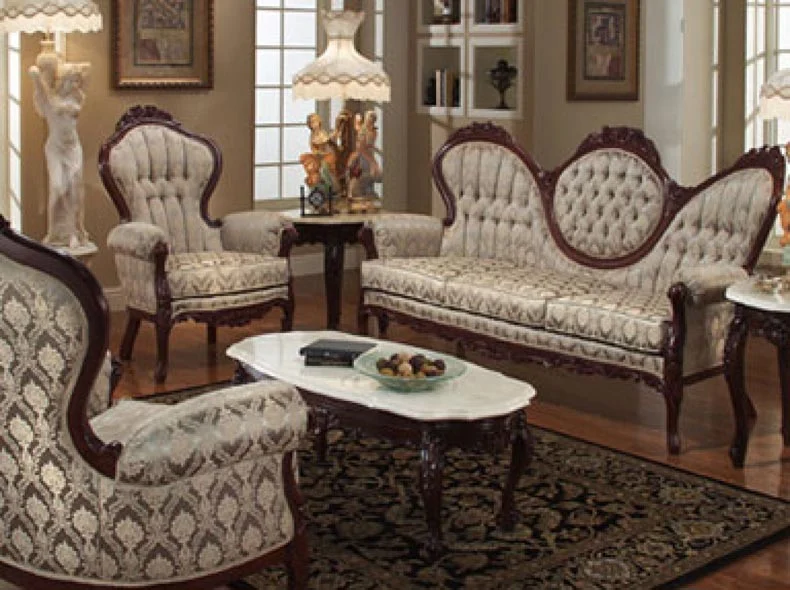Exploring the Timeless Appeal of Furniture Styles: A Journey Throughout History
In the world of interior design and decoration, furniture styles play a crucial role in creating the perfect ambiance for any space. They also serve as a window into the cultural, artistic, and functional preferences of different eras. From the opulent excesses of the Baroque period, and the ornate details of the Victorian era to the sleek minimalism of modern design, arriving to the sleek lines of mid-century modern, each style reflects the values and aesthetics of its time.
❔ ... But have you ever wondered how these styles came to be and why they became so popular?
In this comprehensive guide, we will explore the most popular furniture styles throughout history and uncover the stories behind their enduring appeal. Similarly, we'll embark on a journey through their rich tapestry, tracing their emergence, evolution, and enduring popularity. So, grab a cup of coffee and get ready to dive into the fascinating world of furniture design!
 |
| Furniture styles play a crucial role in creating the perfect ambiance for any space, Image by Monoar Rahman Rony from Pixabay |
Shortly, let's first define our keyword for today and discover its origins:
Definition and Emergence of Furniture Styles
Defining furniture styles is essential in understanding the diverse array of options available in interior design. They encompass a wide range of design aesthetics, from traditional to contemporary, each reflecting unique historical, cultural, and artistic influences.
By exploring different furniture styles, interior designers can create spaces that not only meet functional needs but also evoke specific moods and atmospheres. Whether it's the opulent grandeur of Baroque furniture or the sleek lines of Mid-Century Modern design, understanding its nuances allows designers to curate spaces that are both aesthetically pleasing and functional.
Whether you're looking to evoke a sense of elegance, simplicity, or innovation in your interior design project, the rich tapestry of furniture styles offers endless inspiration and possibilities.

Follow the latest developments and news on our Google News website.
Follow Our WebsiteAs for its originality, furniture has been an integral part of human civilization since ancient times. In ancient Egypt, furniture was not only functional but also symbolic, reflecting the status and wealth of its owners. The Greeks and Romans refined furniture design, emphasizing craftsmanship and elegance.
However, it was during the Middle Ages that distinct styles began to emerge, with Gothic architecture influencing furniture adorned with intricate carvings and ornate details.
What are the Different Types of Furniture Styles?
Here are the most popular furniture styles in history. The list includes:
1. Renaissance Revival:
The Renaissance period saw a resurgence of interest in classical art and architecture, leading to a revival of ancient Greek and Roman styles. Furniture from this period features graceful curves, richly carved motifs, and luxurious materials like walnut and ebony.
Italian Renaissance furniture, in particular, is renowned for its beauty and craftsmanship, with pieces like cassoni (marriage chests) and intricately carved chairs showcasing the era's artistic achievements. Read more about the Renaissance architectural style.
2. Baroque Extravagance:
The Baroque period, spanning the 17th and early 18th centuries, was characterized by grandeur, drama, and opulence. Baroque furniture is renowned for its elaborate ornamentation, exaggerated proportions, and richly gilded surfaces. Read more about Baroque architecture.
Influenced by the Catholic Church and the absolutist monarchies of Europe, Baroque furniture often features intricate carving, voluptuous curves, and sumptuous upholstery, epitomized by the ornate splendor of Louis XIV furniture. (See Image below)
 |
| Stylish French Louis XIV pink upholstery chairs, known as "bergères", Photo by: newel.com |
3. Rococo Elegance:
The Rococo style emerged as a reaction to the grandeur of Baroque design, embracing a more playful and whimsical aesthetic. Originating in France during the early 18th century, Rococo furniture is characterized by its asymmetrical forms, delicate motifs, and pastel color palettes. Read more...
Inspired by nature and the frivolity of court life, Rococo furniture often features ornate scrollwork, floral embellishments, and luxurious upholstery, exemplified by the graceful curves of Louis XV chairs and commodes. (See Image below)
 |
| The Rococo is characterized by its asymmetrical shapes, delicate motifs, and pastel color palettes, Photo: smalldesignideas.com |
4. Neoclassical Simplicity:
The Neoclassical movement emerged in the late 18th century as a rejection of the excesses of Rococo design, drawing inspiration from the classical art and architecture of ancient Greece and Rome. Neoclassical furniture is characterized by its symmetry, clean lines, and architectural motifs.
Influenced by the ideals of the Enlightenment and the archaeological discoveries of Pompeii and Herculaneum, it features classical elements such as fluted columns, geometric forms, and restrained ornamentation, exemplified by the timeless elegance of Directoire and Empire styles.
5. Victorian Grandeur:
The Victorian era, spanning the reign of Queen Victoria from 1837 to 1901, was a time of prosperity, innovation, and cultural revival. Victorian furniture is characterized by its eclectic mix of styles, drawing inspiration from Gothic, Rococo, Renaissance, and Oriental influences.
Also, it is known for its ornate detailing, richly carved woodwork, and lavish upholstery, reflecting the era's fascination with history, exoticism, and craftsmanship. (See Image below)
 |
| The Victorian was known for its ornate detailing, richly carved woodwork, and lavish upholstery, Photo: Pinterest |
6. Arts and Crafts Movement:
In response to the mass production and industrialization of the Victorian era, the Arts and Crafts movement emerged as a celebration of craftsmanship, simplicity, and honesty in design. Led by figures like William Morris and Gustav Stickley, the Arts and Crafts movement emphasized handcrafted furniture, natural materials, and simple forms.
Arts and Crafts furniture is characterized by its clean lines, exposed joinery, and emphasis on the inherent beauty of wood, reflecting the movement's emphasis on quality, integrity, and individual expression.
7. Modernism and Beyond:
The 20th century saw the rise of modernism, a revolutionary movement that rejected the ornamentation and historical references of previous styles in favor of functionalism, simplicity, and experimentation. Influenced by movements like Bauhaus, Art Deco, and Mid-Century Modernism, modern furniture is characterized by its clean lines, geometric forms, and innovative use of materials like steel, glass, and plastic.
From the iconic designs of Le Corbusier and Charles Eames to the sculptural creations of Isamu Noguchi and Eero Saarinen, modern furniture continues to push the boundaries of design, blurring the line between art and function.
In the end, furniture styles have evolved and diversified over the centuries, reflecting the changing tastes, values, and technological advancements of each era. From the ornate splendor of Baroque to the sleek minimalism of modernism, each style offers a unique glimpse into the cultural, social, and aesthetic forces that have shaped our built environment.
By exploring the rich embroidery of furniture styles, we gain a deeper appreciation for the craftsmanship, creativity, and ingenuity of generations past and present. Hope you enjoyed this guide!
To the next one!

